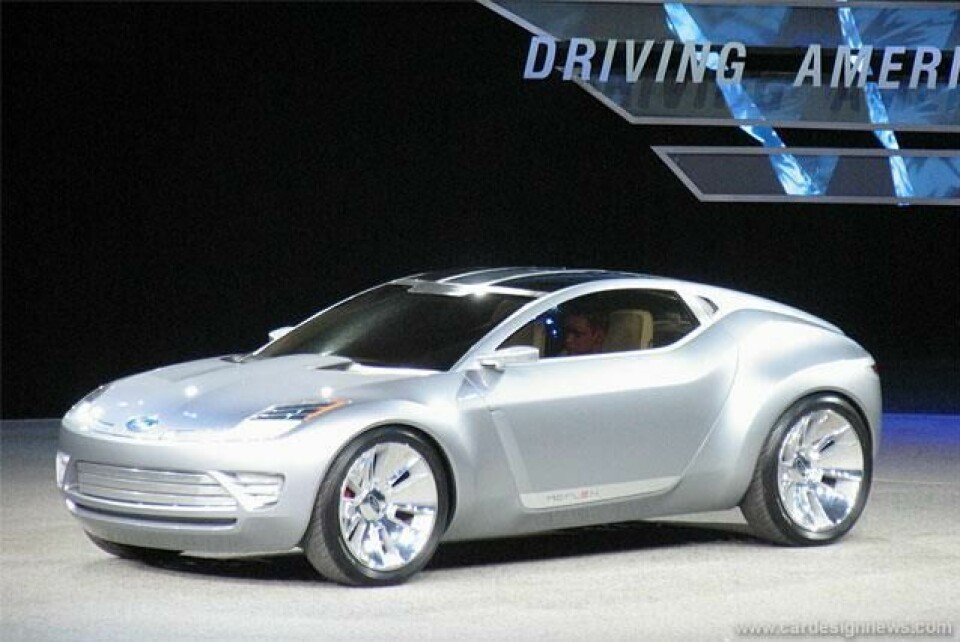
Design Review: Ford Reflex concept
Ford Reflex design review
Unlike the Synus that was ‘Built Tough’ and had a conspicuous security van aesthetic, the Reflex is an elegant coupe that, over-size wheels apart, is relatively reserved. But it is subtly unique in its conceptual design with some cues from the new rash of crossovers, such as the visually greater ground clearance from a rocker surface that tucks under the body-side and generally sturdy form language. Thus it strikes a comfortable balance between a lithe sporting intent and a robustness that compensates for its diminutive size, so that like the TT it has enough substance to sit confidently on roads shared with predominantly large cars and trucks.
The car’s small size combines with its diesel electric hybrid powertrain to give it the environmental credentials, and thus increasingly potent market appeal, that Ford of America desperately needs in its production line up. With the sales rate of Prius and hybrid-powered Civics growing and benefiting the image of Toyota and Honda, and with Ford still overly dependant on sales of some of the planet’s most environmentally unfriendly cars, it can’t happen soon enough.
In some respects the exterior by designer Tyler Blake is the most impressive element of the Reflex, exhibiting remarkable resolution of form. For example: the shallow surface crease that runs below the rear hinged gull wing doors that curves up in parallel to the large radius door corners before running horizontally to fade into the wheel arches.
Or the distinctive soft shoulder crease that sharpens towards the rear and loops back around the wheel arch and down under the car. Or the execution around the DLO with a carbon fibre cheater panel and body colour frame at the base of the window. Only the superficial decorative electric circuit motifs inlaid onto the carbon fibre rear deck, and perhaps the slightly naive front lamps that bleed around the base of the hood, detract.
It is based on the European B-class platform used by the Fiesta and Mazda 2 as was last year’s Synus concept that also consciously explored how a car might be both American and small.Unlike the Synus that was ‘Built Tough’ and had a conspicuous security van aesthetic, the Reflex is an elegant coupe that, over-size wheels apart, is relatively reserved. But it is subtly unique in its conceptual design.






At 158.8 inches long and 70.3 inches wide the car is almost exactly the same size as the Audi TT and a foot shorter than the Focus hatchback, Ford’s current smallest US-market car.










